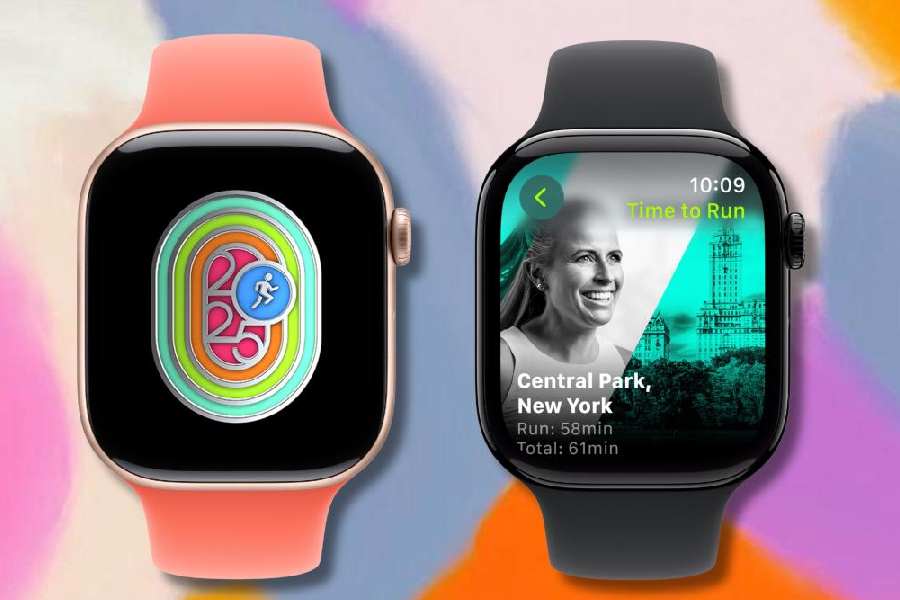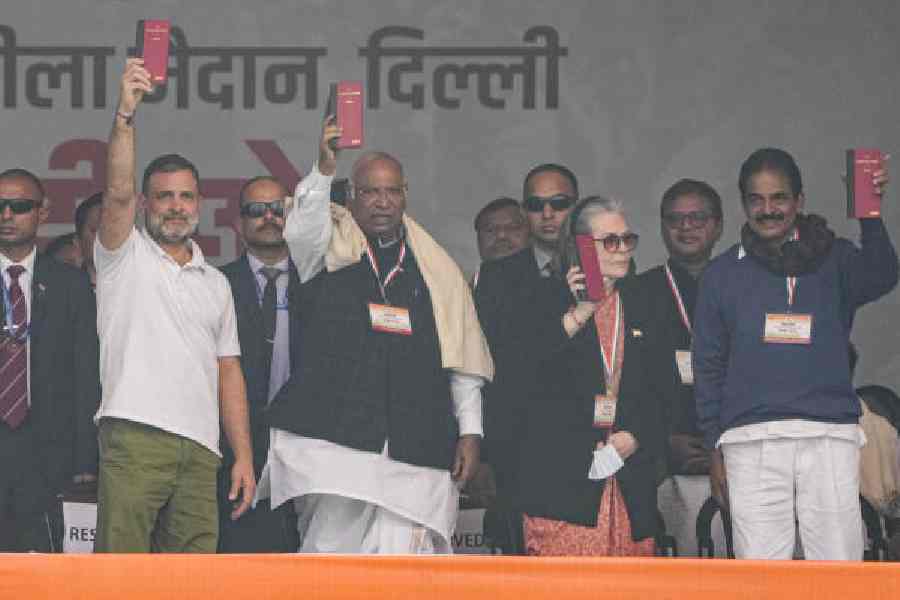It is a special year for Apple Watch, which celebrated its tenth anniversary on April 24. In these 10 years, many have run, walked, swam, cycled, and slept with all the fitness trackers on the Watch to ensure we are in good shape. Here’s one more milestone you can add to your track record — on Global Running Day on June 4: Apple Watch users can earn a digital award by recording a running workout of at least 5K (3.1 miles), with any app that adds workouts to the Health app.
Global Running Day comes with a simple purpose: Celebrate running and encourage kids and beginners to try it. In case you need inspiration, watch Tom Cruise run in Mission: Impossible — The Final Reckoning.
Sherica Holmon, who went from running track in college to cruising through 5Ks on the beach, has a simple technique to encourage you: “If you’re new at it, you want to make it enjoyable so you stick with it. Try starting with a mix of walking and running to build up your stamina. Start with one minute of walking and one minute of running, for about 10 minutes at a time. When you’re ready, bump it up — walk for one minute, run for two. Keep adding to your run intervals until you’re going for however long you want.”

(Left to right) Sherica Holmon, Emily Fayette and Cory Wharton-Malcolm
On Apple Watch, the Workout app offers a rich overview of running metrics for measuring performance. Running metrics include Vertical Oscillation, Stride Length, Ground Contact Time and Power. Also, try workout views: You get actionable data that you can view during a workout or edit and add before starting your workout. Custom workouts use a combination of distance and time goals to set up a structured workout that includes intervals of work and recovery. You can also add new alerts to a specific part of your workout. During your run, these alerts will guide you — with both haptics and voice feedback — letting you know when to switch between work and recovery.
On Apple Watch, there is automatic track detection: The device detects when users arrive at any standard shaped outdoor track, and uses both Apple Maps data and GPS to provide the most accurate distance, pace and route map.
When it comes to routes that you repeat, it will be reflected in the Workout app for you to race against your last or best result.
And let’s not forget training load: It compares the intensity and duration of your workouts over the last seven days to what you’ve done over the previous 28 days, and then classifies your current training load on a scale from well below to well above — to help you understand the strain on your body and decide whether it’s sustainable, and allowing you to make more informed decisions about how and when to adjust your workouts.
Cory Wharton-Malcolm, who ran his first marathon in 2007, said: “To keep yourself moving, think about how you can reframe your runs so you’re not focusing on the entire workout or distance in front of you. Try breaking it up in whatever way motivates you the most — it could be taking one mile or kilometre at a time; getting through your playlist track by track; or checking off landmarks as you pass them. If you have an Apple Watch, you could even set up intervals with Time Alerts in the Workout app. Play around with what might work for you.”
Emily Fayette, who can speed through marathons in under three hours, also has a trick to offer: “Try sprinkling little speed bursts into your next run. You could time yourself doing short intervals with recoveries in between. But it doesn’t have to be that formal — I like to speed up during the chorus of my favourite songs, or if you’re outside, you could sprint to things like a tree up ahead.”










